Table of Contents
- Why Every Kitchen Needs an All-Purpose Seasoning
- What Exactly Is All-Purpose Seasoning?
- Top 7 Reasons to Keep This Spice Blend in Every Pantry
- How to Use It Like a Pro Chef
- 3 Easy Recipes to Try with All-Purpose Seasoning
- Buying Guide: Choosing the Best All-Purpose Seasoning for You
- Frequently Asked Questions About All-Purpose Seasoning
- Final Thoughts: Make Flavor Second Nature
Why Every Kitchen Needs an All-Purpose Seasoning
All-purpose seasoning is a versatile spice blend combining common herbs and spices to enhance natural flavors in any dish with minimal effort. It eliminates the need to juggle multiple spices while ensuring balanced, delicious results for everyday cooking.
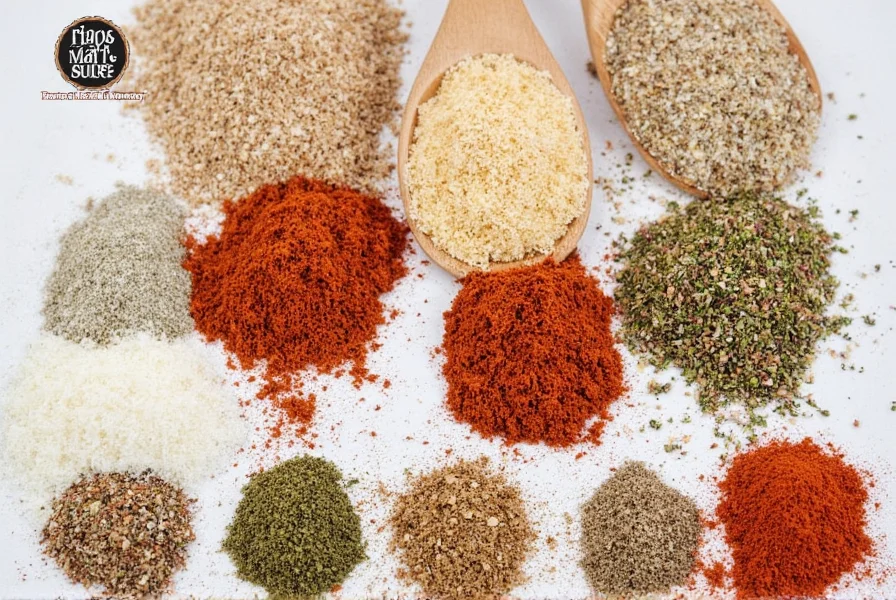
What Exactly Is All-Purpose Seasoning?
All-purpose seasoning is a pre-mixed blend of common herbs and spices designed to enhance natural flavors without overpowering them. It simplifies cooking while delivering consistent, well-rounded taste.
| Common Ingredients | Purpose |
|---|---|
| Salt | Brings out natural flavors |
| Black Pepper | Adds warmth and complexity |
| Garlic Powder | Imparts savory umami |
| Onion Powder | Boosts sweetness and depth |
| Paprika | Provides color and mild smokiness |
| Oregano/Thyme | Offers earthy herbal notes |
Top 7 Reasons to Keep This Spice Blend in Every Pantry
- Saves Time: One shake replaces five spices.
- Balanced Flavor: Pre-tested ratios ensure harmony on the palate.
- Versatility: Works on meat, veggies, soups, even popcorn!
- Kid-Friendly: Mild enough for picky eaters but still flavorful.
- Dietitian Approved: Often low-sodium options available.
- Perfect for Meal Prep: Keeps dishes consistent across batches.
- Great Gift Idea: Any home cook will appreciate this pantry staple.
How to Use It Like a Pro Chef
Don't just sprinkle it willy-nilly—here are some clever ways to make the most of your all-purpose seasoning:
- Rub it into proteins before grilling or roasting.
- Mix into dips or dressings for instant flavor boost.
- Add to marinades for deeper penetration.
- Shake into scrambled eggs or tofu scramble.
- Sprinkle over roasted vegetables before baking.
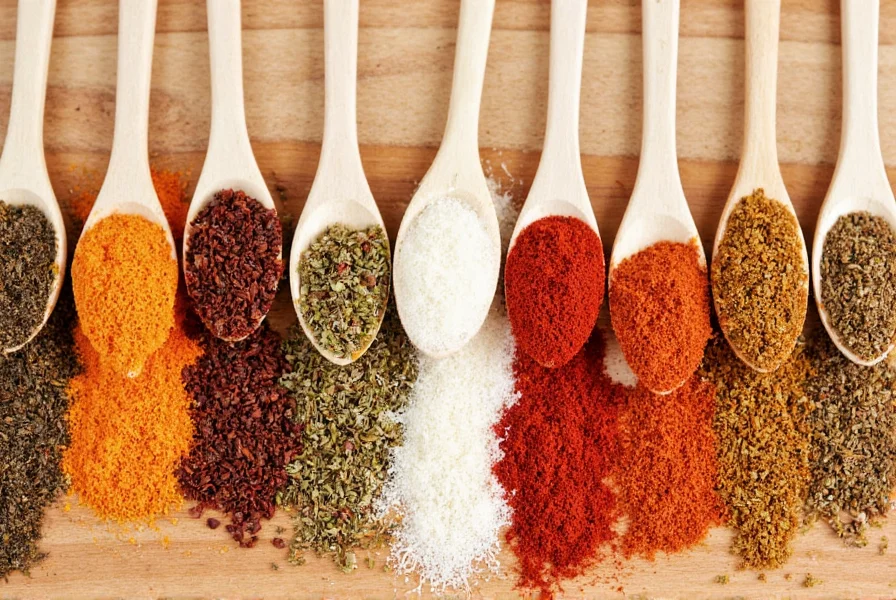
3 Easy Recipes to Try with All-Purpose Seasoning
#1 Sheet Pan Chicken & Veggies
- Ingredients: Boneless chicken thighs, potatoes, carrots, olive oil, 1–2 tbsp all-purpose seasoning
- Method: Toss everything together and roast at 400°F for 30 mins.
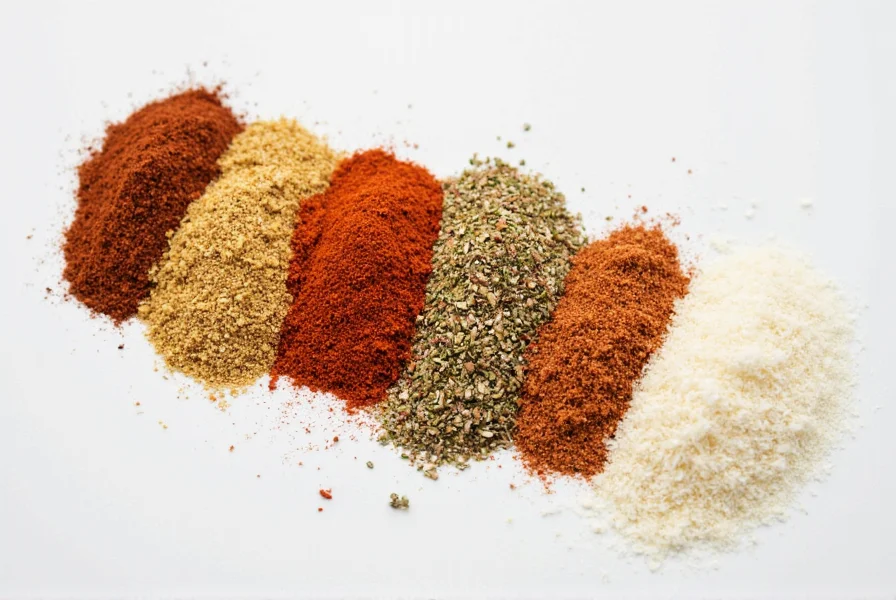
#2 Garlic Butter Corn
- Ingredients: Frozen corn, butter, garlic, ½ tsp all-purpose seasoning
- Method: Sauté corn in butter and seasonings until golden and fragrant.
#3 Spiced Hummus Dip
- Ingredients: Chickpeas, tahini, lemon juice, garlic, 1 tsp all-purpose seasoning
- Blend everything in a food processor until smooth.

Buying Guide: Choosing the Best All-Purpose Seasoning for You
Not all all-purpose seasonings are created equal. Here's how to find the perfect one for your needs:
| Brand | Flavor Profile | Best For | Key Features |
|---|---|---|---|
| Anthony's All-Purpose Seasoning | Classic, balanced | Everyday cooking | No additives, gluten-free |
| McCormick All-Purpose Seasoning | Herby, slightly sweet | Beginners | Widely available |
| Badia Complete Seasoning | Latin-inspired | Mexican/Spanish dishes | Contains cilantro and lime |
| Trader Joe's Seasoning Blends | Varies by type | Experimenters | Fair prices, great variety |
What to Look For
- Low sodium if you're watching your intake
- Free from fillers like anti-caking agents
- Allergen info – especially if buying bulk
- Organic certifications, if preferred
Frequently Asked Questions About All-Purpose Seasoning
What is all-purpose seasoning made of?
All-purpose seasoning typically contains a blend of salt, black pepper, garlic powder, onion powder, paprika, and dried herbs like oregano or thyme. Some variations may include additional spices like celery seed or cilantro depending on the brand and regional preferences.
Is all-purpose seasoning the same as garlic salt?
No, all-purpose seasoning is not the same as garlic salt. While garlic salt is primarily salt with garlic powder added, all-purpose seasoning contains multiple spices and herbs in balanced proportions. All-purpose seasoning provides a more complex flavor profile compared to the single-note flavor of garlic salt.
Can I make my own all-purpose seasoning at home?
Absolutely! A basic homemade version combines 2 tablespoons salt, 1 tablespoon garlic powder, 1 tablespoon onion powder, 1 tablespoon paprika, 2 teaspoons black pepper, 1 teaspoon dried thyme, and 1 teaspoon dried oregano. Mix well and store in an airtight container. You can adjust ratios to suit your taste preferences.
How is all-purpose seasoning different from poultry seasoning?
Poultry seasoning is specifically formulated for chicken and turkey with stronger herb notes (typically sage, thyme, marjoram, and rosemary), while all-purpose seasoning is a more versatile blend designed for all types of proteins and vegetables. All-purpose seasoning tends to have a more balanced, all-purpose profile rather than being specialized for one type of food.
What dishes work best with all-purpose seasoning?
All-purpose seasoning shines in a wide variety of dishes including roasted meats, grilled vegetables, soups, stews, mashed potatoes, scrambled eggs, popcorn, and even salad dressings. Its versatility makes it suitable for almost any savory dish where you want to enhance flavor without overpowering the main ingredients.
How much all-purpose seasoning should I use?
As a general rule, use about 1/4 to 1/2 teaspoon per serving (4-6 ounce portion). For larger batches like soups or stews, start with 1 teaspoon per quart of liquid. Always taste as you go, as salt content varies between brands. Remember you can add more, but you can't take it out!
Is all-purpose seasoning gluten-free?
Most pure spice blends like all-purpose seasoning are naturally gluten-free, but always check the label. Some commercial blends might contain anti-caking agents or fillers that could have gluten. If you have celiac disease or severe sensitivity, look for products specifically labeled "gluten-free" or make your own blend at home to ensure safety.
How long does all-purpose seasoning last?
Properly stored in an airtight container away from heat and sunlight, all-purpose seasoning typically maintains its best flavor for 1-2 years. While it won't spoil, the spices will gradually lose potency over time. For best results, write the purchase or creation date on the container and replace when flavors seem muted.
Final Thoughts: Make Flavor Second Nature
A good all-purpose seasoning isn't just a shortcut—it's a mindset. It empowers you to cook confidently, creatively, and consistently, no matter your skill level.
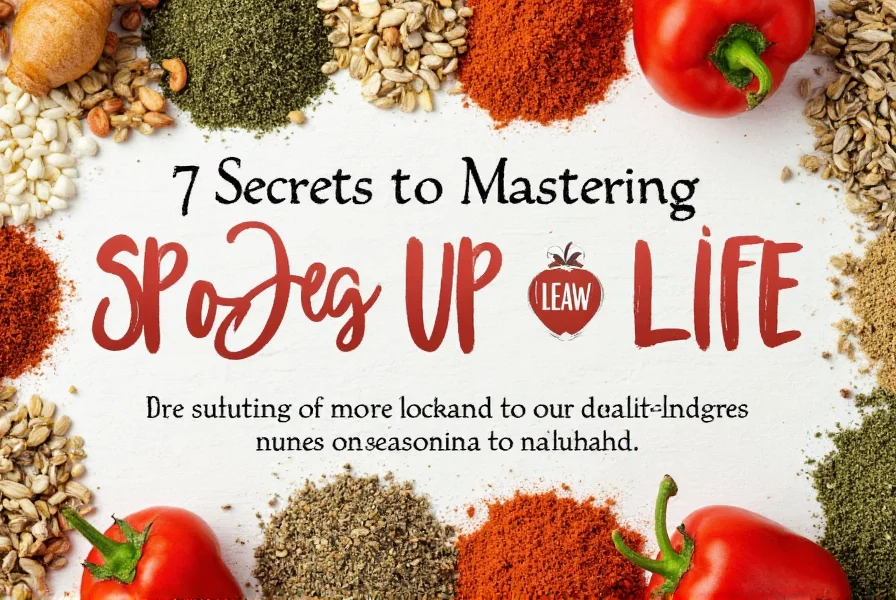
So whether you're meal prepping, hosting a dinner party, or just making grilled cheese feel special, keep your go-to all-in-one blend close. Your taste buds—and your guests—will thank you.

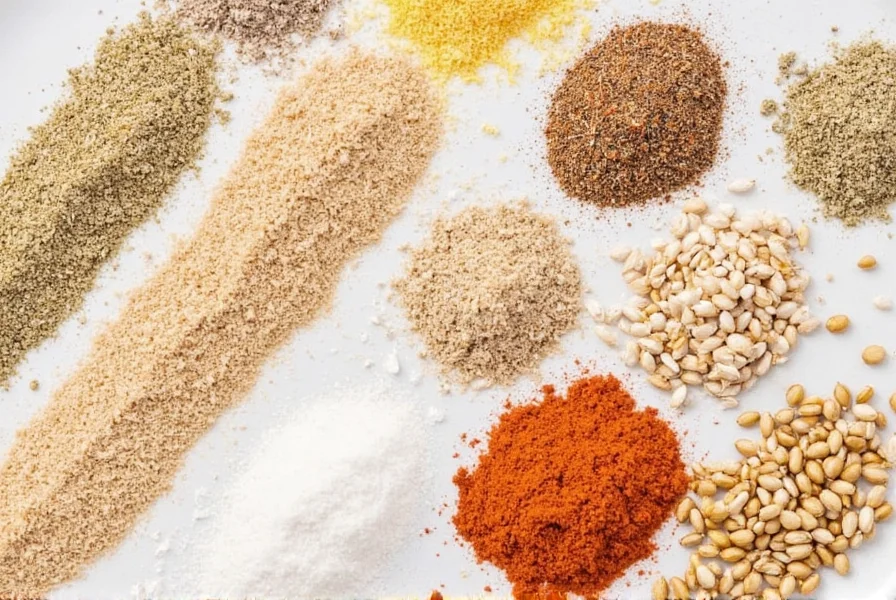









 浙公网安备
33010002000092号
浙公网安备
33010002000092号 浙B2-20120091-4
浙B2-20120091-4